The composition of dark matter remains a mystery, but a new theory involving quantum tunneling may have eliminated some candidates.
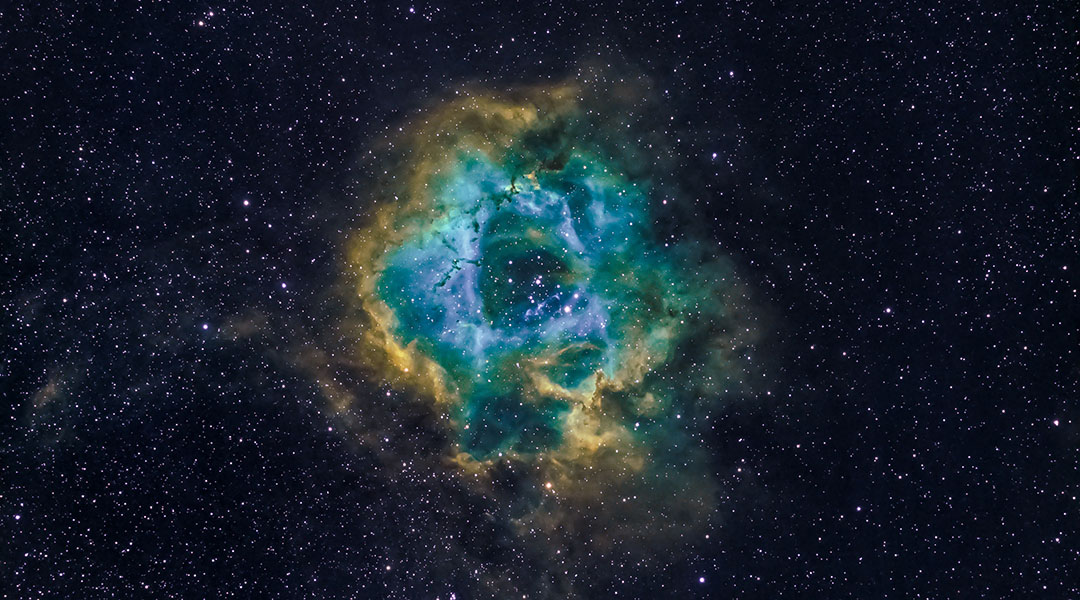

The composition of dark matter remains a mystery, but a new theory involving quantum tunneling may have eliminated some candidates.
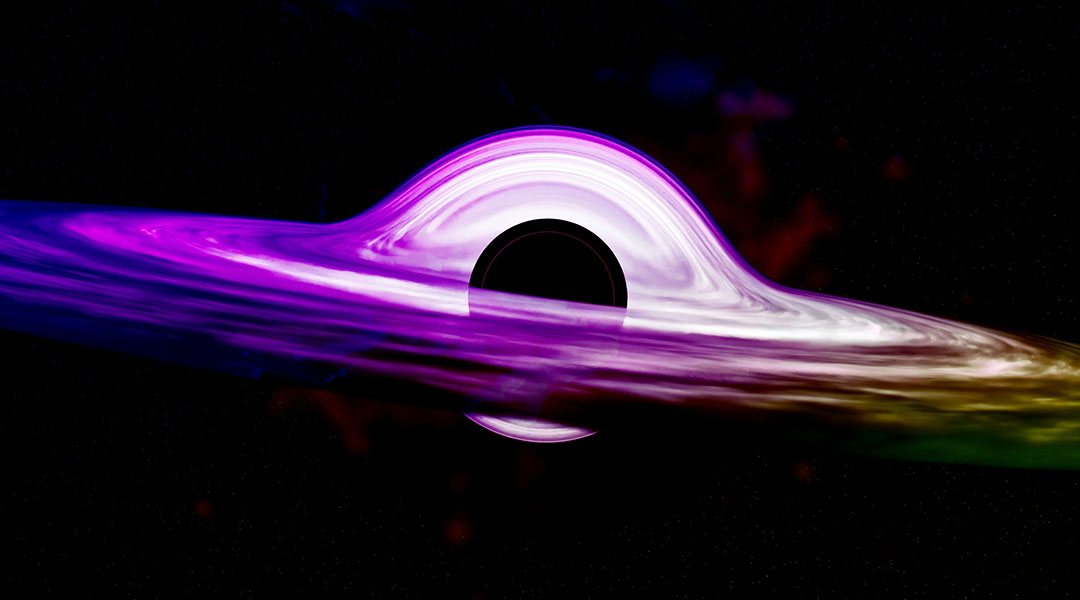
Dark matter could be aggregating around black holes, providing a possible means of indirectly measuring its properties.
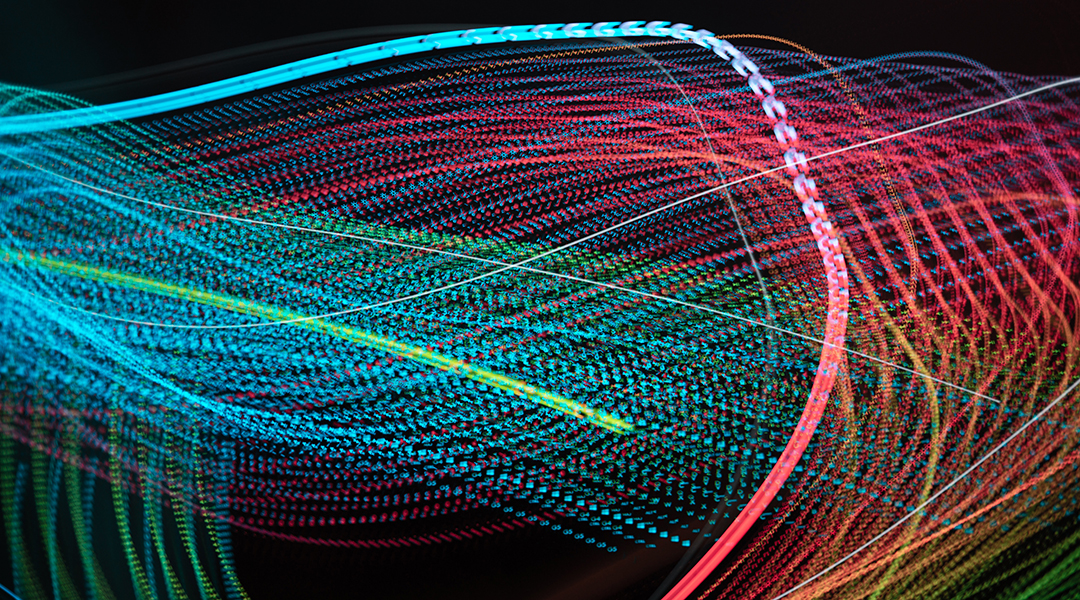
A group of scientists have carried out one of the strongest tests of quantum phenomena by observing nonlocality in a network.
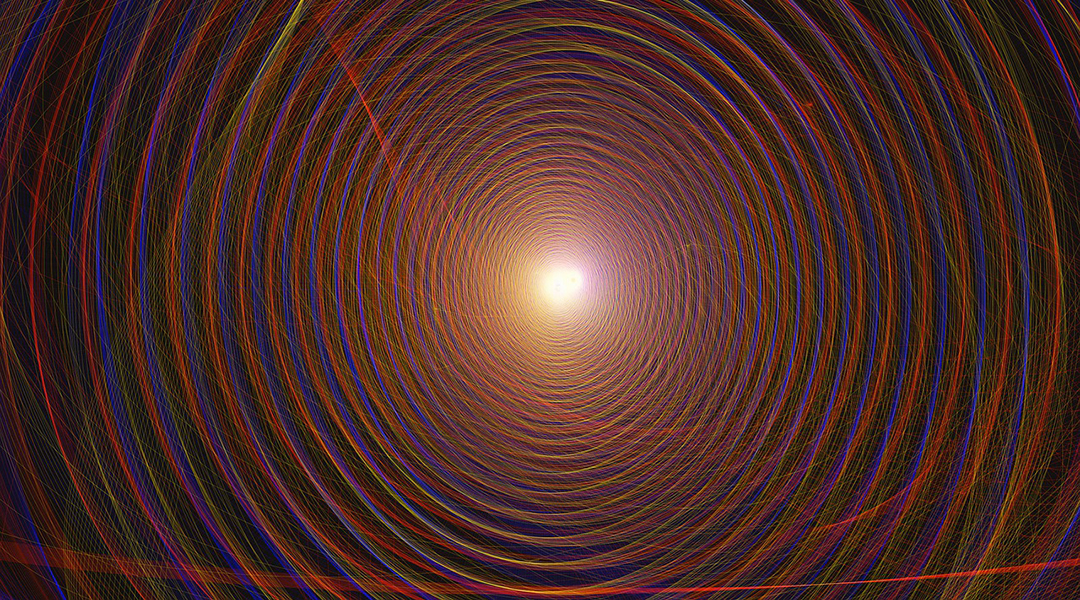
A study explores how the behavior of electrons changes on the mesoscale under magnetic fields and rotation.

Scientists probe cosmic microwave background and black hole radiation to test our understanding of electromagnetism.

Astronomers have observed neutron stars that emit more energy than is theoretically possible, and now an explanation might be in the works.
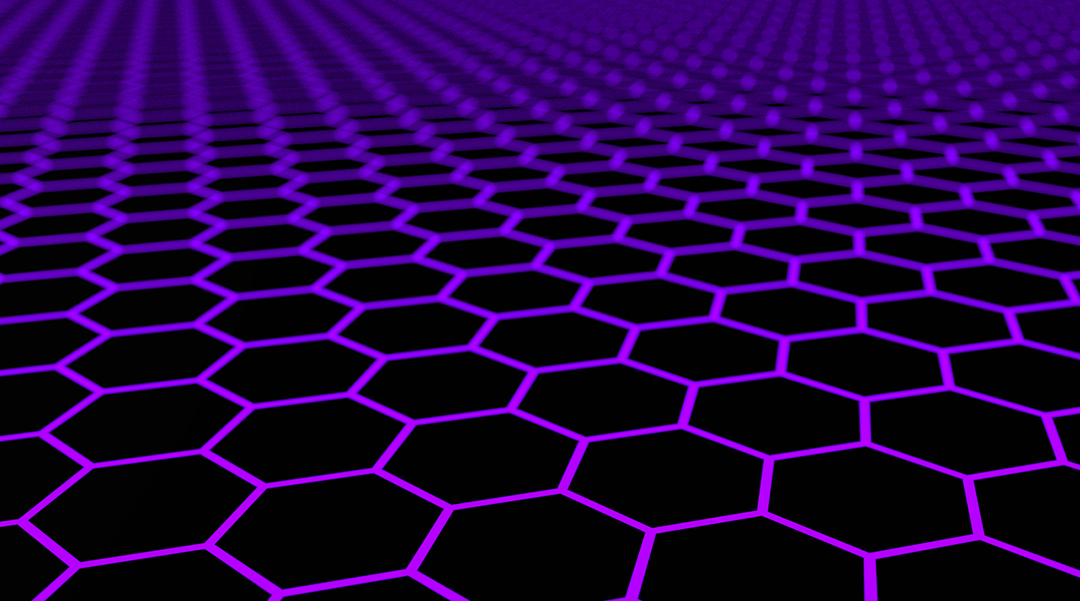
Scientists are exploring the behavior of electrons in helicoidal graphene strips, a unique form of graphene with a twisted shape.
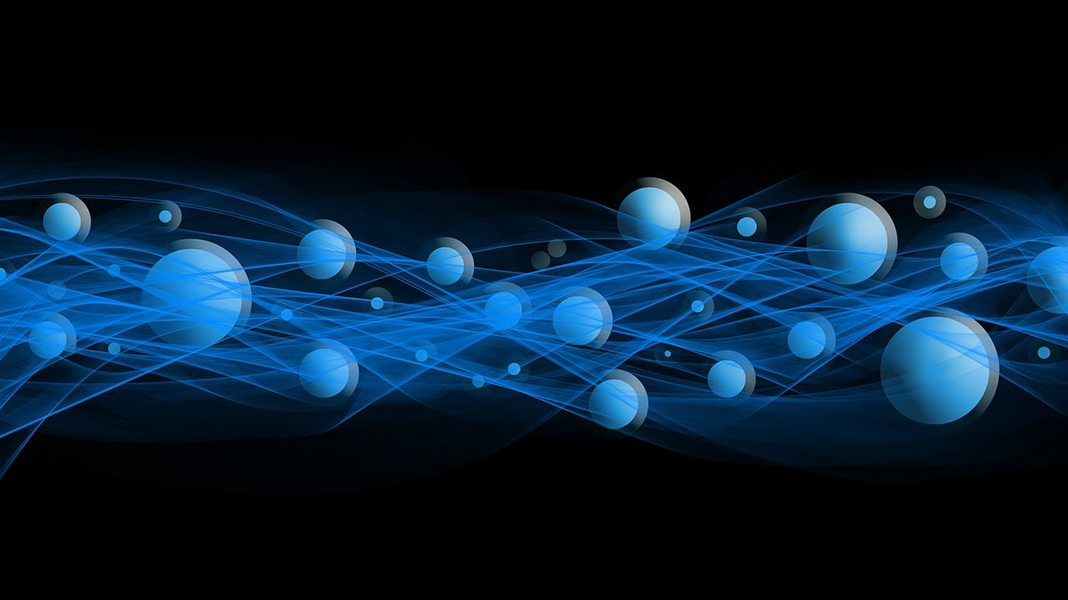
Scientists have been unable to observe phasons with mass, but a team of physicists have finally managed it.
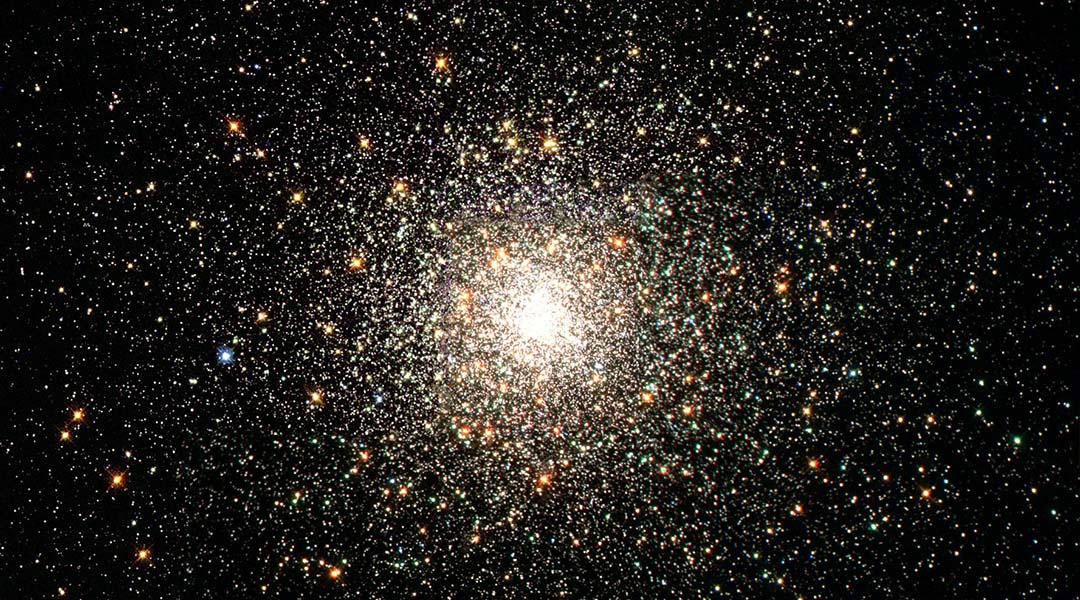
A new study evaluates gravity using string theory, a promising candidate for describing particle interactions at their most fundamental level.
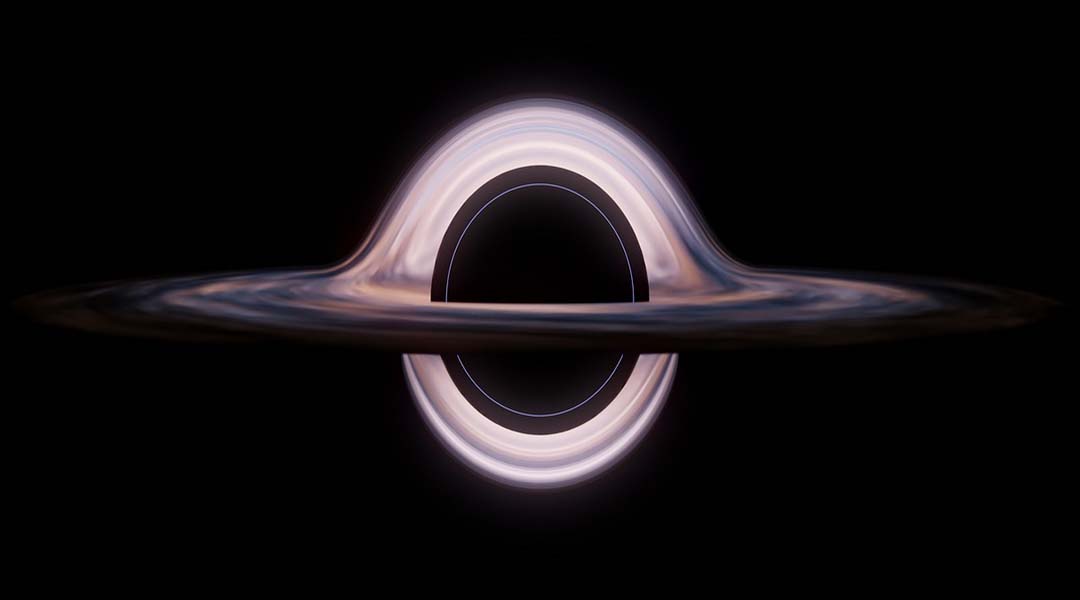
Astronomers looking at how black holes grow over time may have found the answer to one of the biggest problems in cosmology.